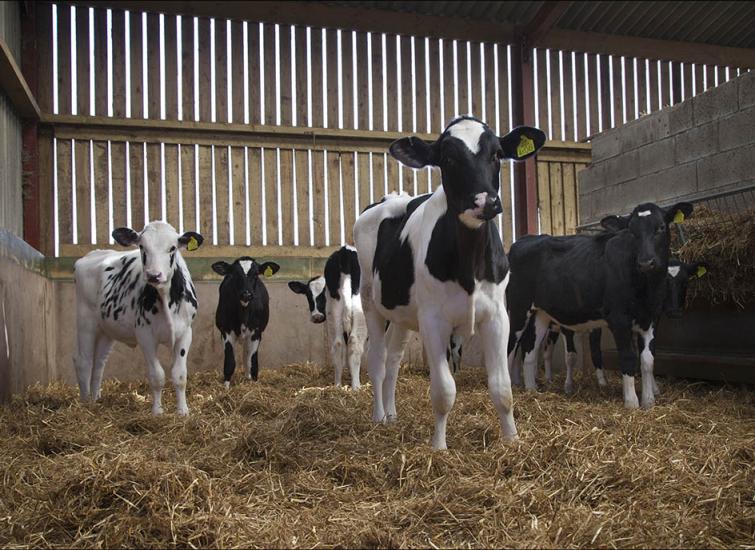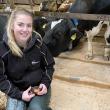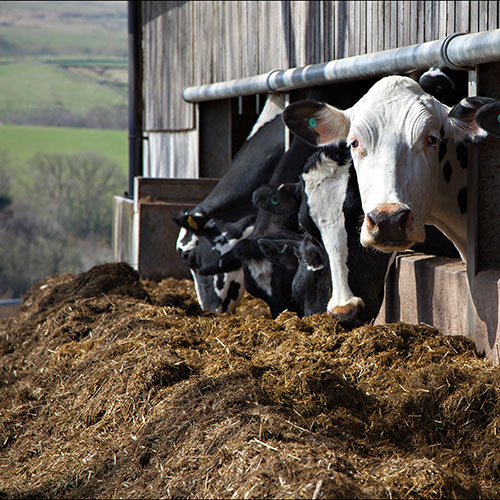Advanced Robot were the first company with a dedicated robotic division and were able to pull data out of the robots regularly to make improvements on farm.
Benchmarking Growth Rates of Dairy Heifers
Measuring, Monitoring and Managing is at the heart of our Advanced Heifer 24 rearing program, which aims for age at first calving, of 24 months.

Measuring, Monitoring and Managing is at the heart of our Advanced Heifer 24 rearing program, which aims for age at first calving of 24 months. There has been significant research to show that heifers that calve at 24 months give a better return on investment through higher milk production and a longer, productive life within the milking herd.
Liz comments. ““Heifer rearing is crucial to a successful dairy business. It’s essential for farmers to measure, monitor and set goals for this area to ensure youngstock have the best opportunity to be healthy throughout all their lactations.”
UK wide, we are successfully supporting intensive and extensive herds across a full range of systems and breeds. As part of that, our Advanced Heifer Rearing Specialist Liz, has not only being monitoring calf growth on farm but benchmarking results across a number of farms, this first set being a group of 37.
We monitor weight based on a percentage of the mature body weight of the herd, from which the heifers originate. This allows us to set goals to improve calf health, rumen development and growth through this important period.
Liz comments, “Our benchmarking program aims to help all our farms to realise their potential and to share ideas across a variety of locations, systems and breeds. Included in those results we have found that with an average herd size of 180 cows, there is a potential financial gain to be made of £15,400 per year by targeting an age at first calving of 24 months."
Before working with these farms, we saw an average AFC of 27 months. This was adding costs to the farm, and these weren't just the costs in the additional days feeding of those heifers, but also including the losses in lifetime performance, as well as the need to carry more youngstock on farm to keep up with the replacement rate.
Real farm data taken for the benchmarking shows heifers calving in at 24 months old are producing more milk, and therefore higher financial return in their lifetime on the farm.
As an example, the graph below shows the target of 24 months as the vertical green line, with the lifetime yield represented in the horizontal blue line. The red curved line shows the best fit for this particular herd.


At an average cost of £1500 to rear a heifer, the farm used in the example above aims to save £27,000 if they can reduce AFC. In turn, this will reduce the herd replacement rate, (due to health and longevity improvements seen in animals which calve in younger).
By measuring and monitoring health and growth rates, we can target specific areas for improvement to keep calf and heifer growth on track to target 24 month calving. We calculate required daily liveweight gain for each individual farm. We then target nutrition and management practices, including colostrum managment and environmental assessments to meet these needs. By continuing to measure and monitor, this ensures we are always improving.
For those farms we are currently working with, we are averaging 0.84kg/day DLWG which means we are well on the way to hitting our 24 month targets.
If you'd like to find out more information about our benchmarking program, or you'd just like to find out how you can reduce costs and improve profitability, then please get in touch with Liz through our office number or email her - liz@arn-ltd.com
〈 BACK




